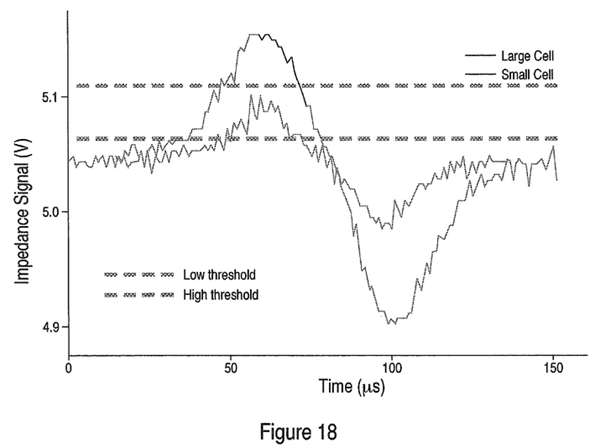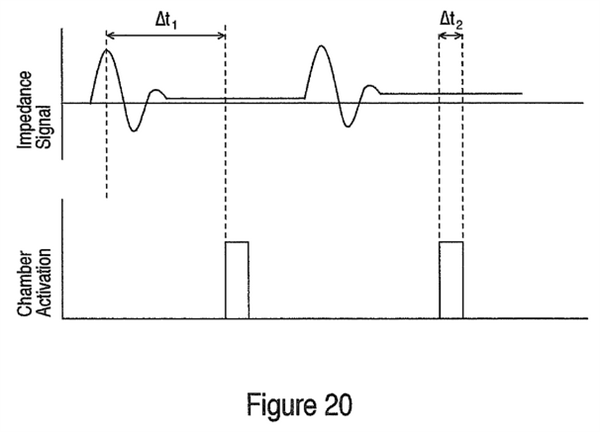On-Demand Cell Encapsulation Using On-Demand Droplet Generation and Impedance-based Detection
Brief Description
Current methods for cell encapsulation into droplets are inefficient and result in empty and unusable droplets. Researchers at UC Irvine have invented a novel microfluidic device capable of encapsulating cells at a very high efficiency. This tool can be used as a research tool for sorting and classifying cells for further downstream cell assays.
Full Description
Cell encapsulation into droplets is an integral part of droplet microfluidics. Improved cell encapsulation into the droplets is necessary as current methods for cell loading into droplets are inefficient, resulting in a majority of empty and unusable drops. Researchers at UC Irvine have invented a novel microfluidic system for generating droplets with highly efficient cell encapsulation.
The presence of objects such as cells in a fluid changes the electrical properties of the fluid. The invented system integrates impedance measurements with on-demand droplet generation process to enable selective generation of droplets when the presence of an object such as a cell is detected. This ensures that a high percentage of droplets that are generated actually contain the object and addresses the persistent problem of empty droplets. The impedance sensor not only determines object presence, but also can determine the size, shape of the object, and speed at which the object is moving.

Figure
18 shows a graph of cell impedance data that is used for impedance signal
processing. The present invention is able to distinguish object size and speed
and use that information to generate the appropriate sized droplet.

Figure 20
illustrates the encapsulation control scheme of the invention. Following
impedance, or detection of cell presence, the chamber is activated for cell
encapsulation.
The present invention has been shown to be able to accommodate densities of 1x106 cells/mL.
Suggested uses
This microfluidic system can be used as a droplet encapsulation device. It can also be used for selective extraction of precise, digitized volumes out of a larger, continuous volume of fluid. Since the invention utilizes an impedance-based detector, this invention can also be used to select for cells with unique impedance signatures, for example, encapsulating white blood cells from whole blood.
Advantages
The system senses changes in electrical properties of the fluid when objects such as cells are present, and generates droplets when cell presence is confirmed. This ensures a highly efficient process that can withstand a high density of cells. This process can distinguish between sizes and speed of object type and account for differences by changing the size of the produced droplet.
Patent Status
| Country | Type | Number | Dated | Case |
| United States Of America | Issued Patent | 9,999,886 | 06/19/2018 | 2011-162 |
Contact
- Alvin Viray
- aviray@uci.edu
- tel: View Phone Number.
Inventors
- Lee, Abraham P.
- Lin, Robert
- Lopez-Prieto, Javier
Other Information
Keywords
microfluidics, cell encapsulation, cell sorting, droplets
Additional Technologies by these Inventors
- New Microwell Plate Configurations to Increase Microwell Density
- Controlled 'One-Cell-One-Bead' Encapsulation in Droplets
- Microfluidic device for multiplex diagnostics / Microfluidic devices and methods
- Microfluidic Device for Cell Separation Using Dielectrophoresis and/or Magnetohydrodynamics
- High throughput and precision cell sorting
- High-throughput Microfluidic Research Platform for Performing Versatile Single-Cell Molecular Timed-Release Assays within Droplets
